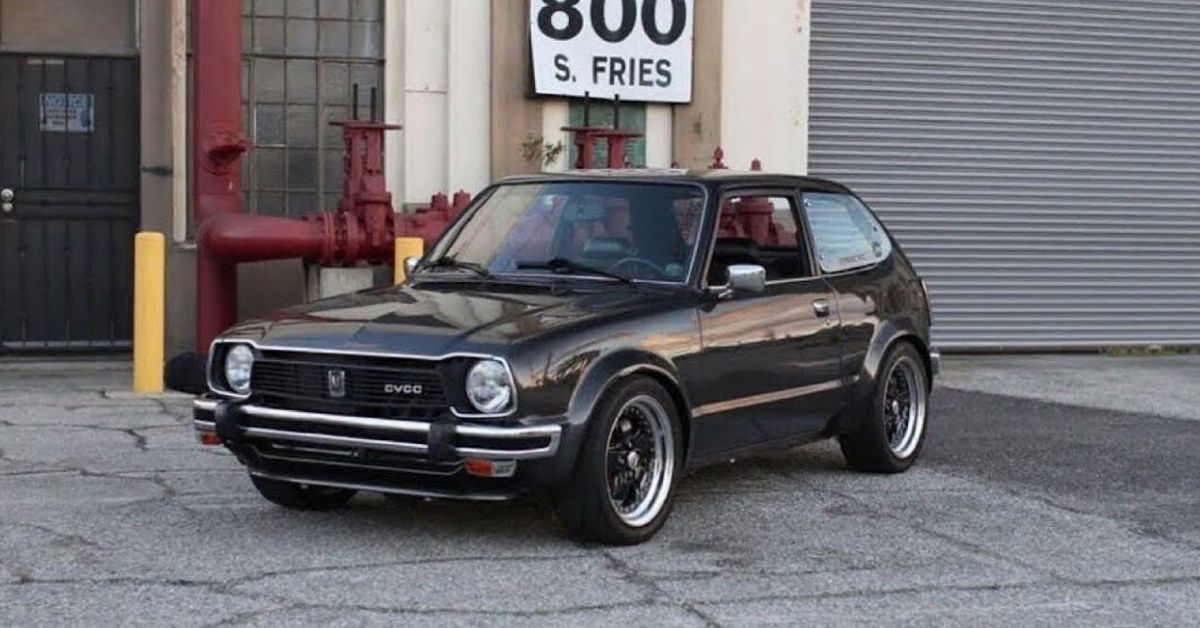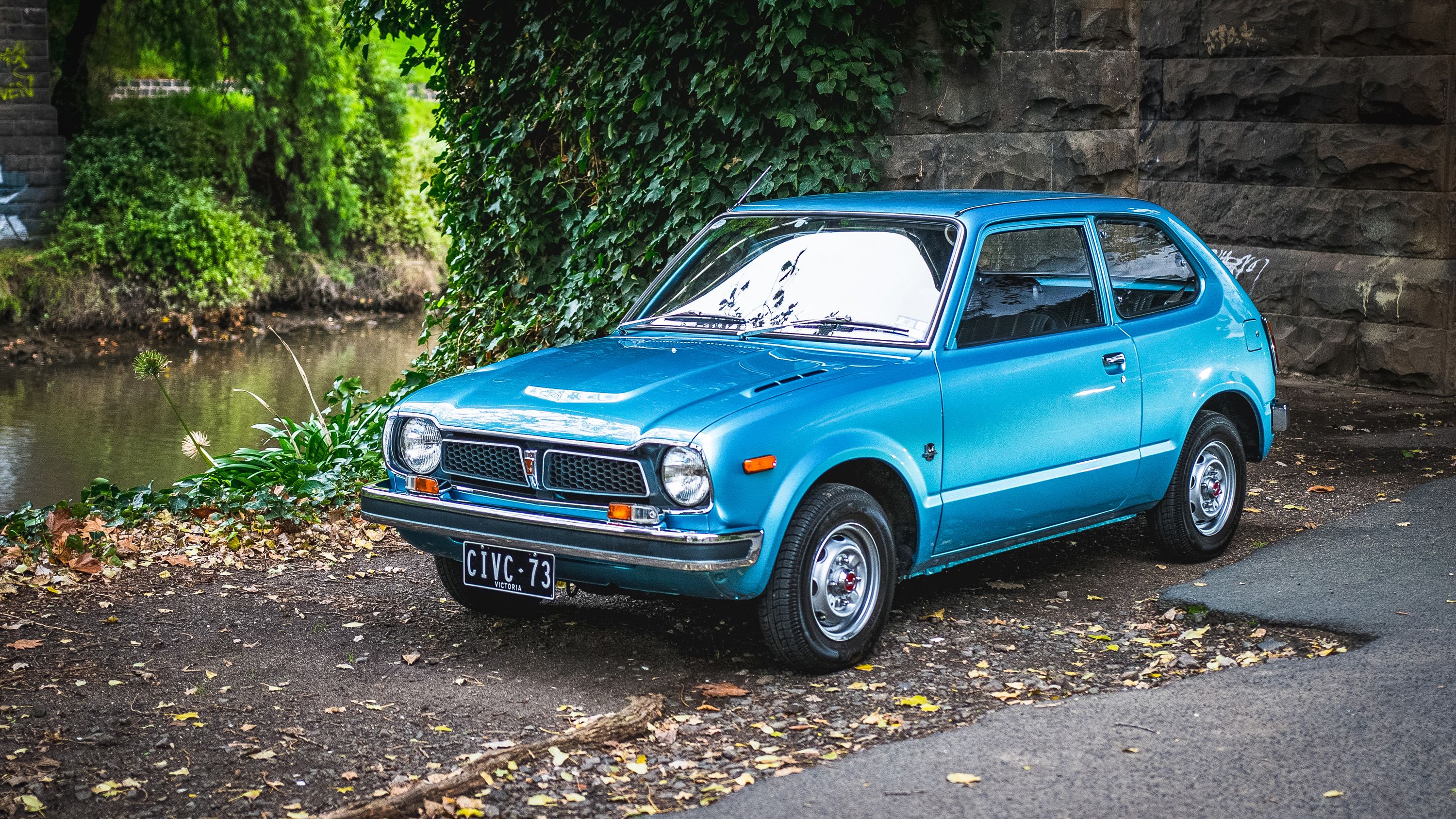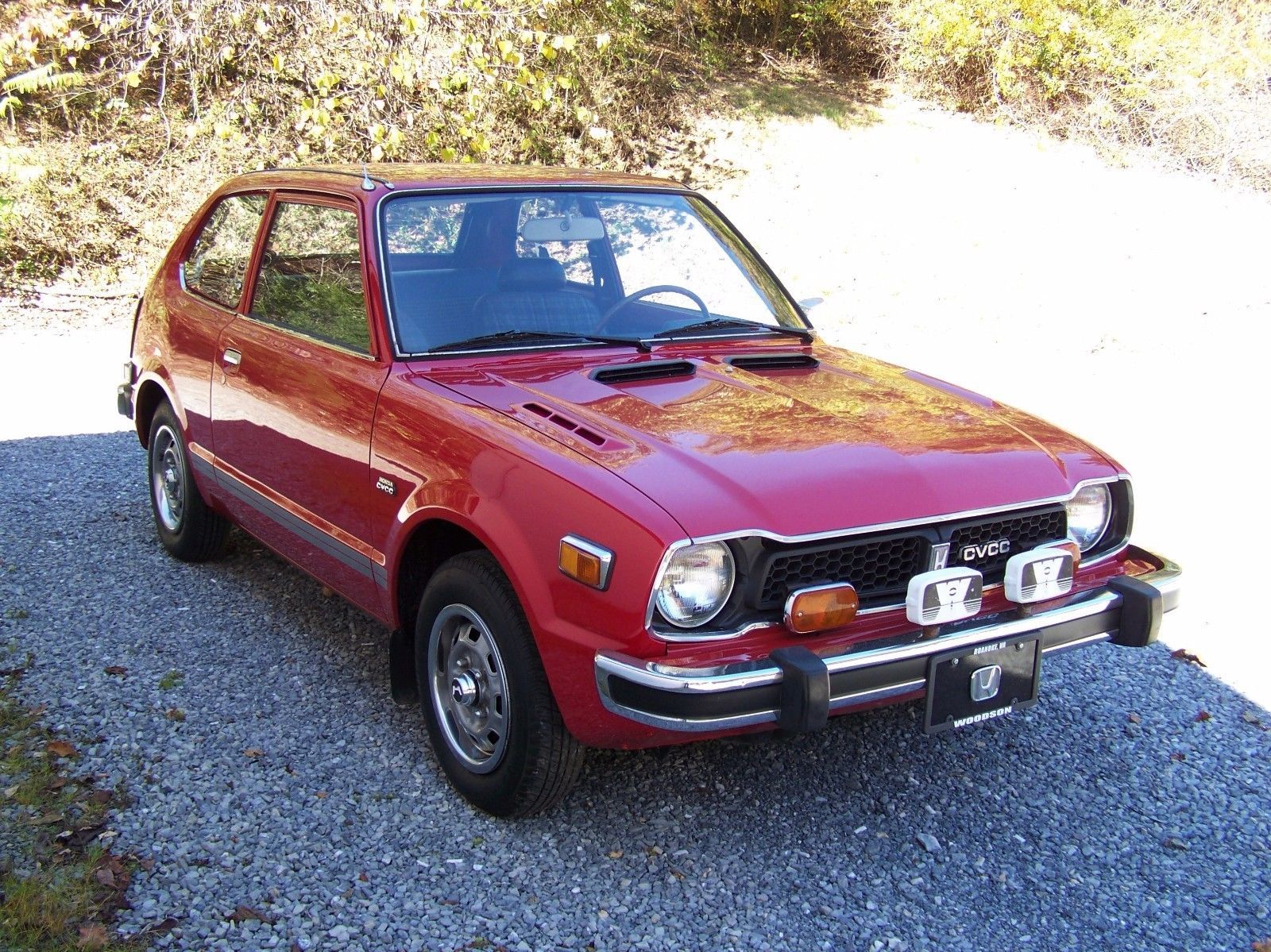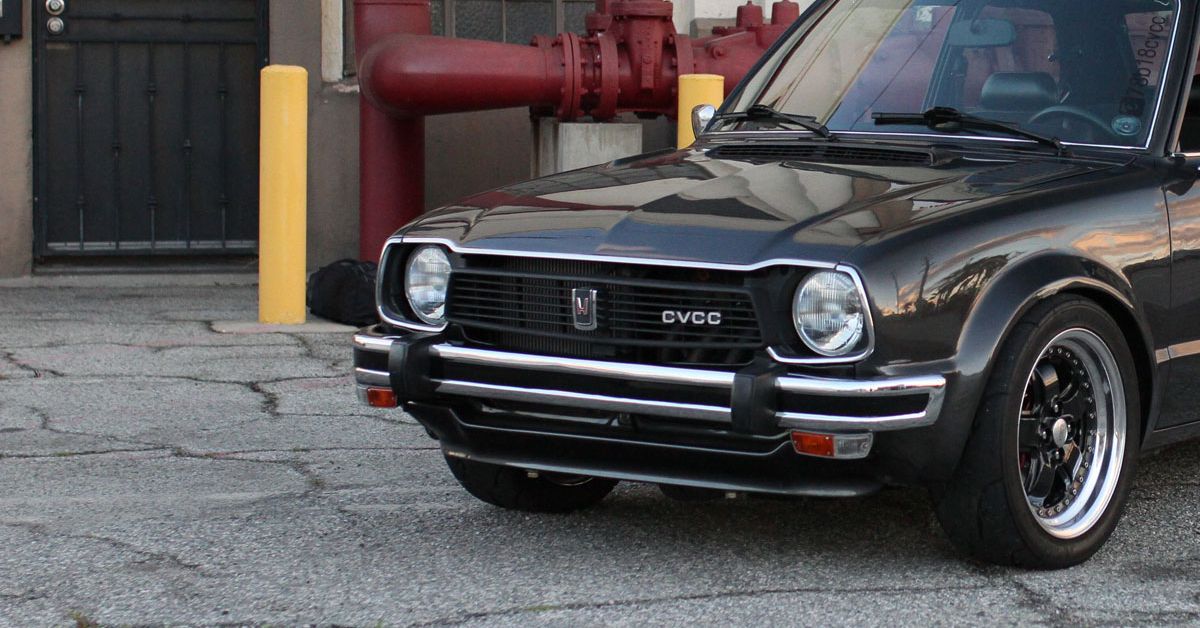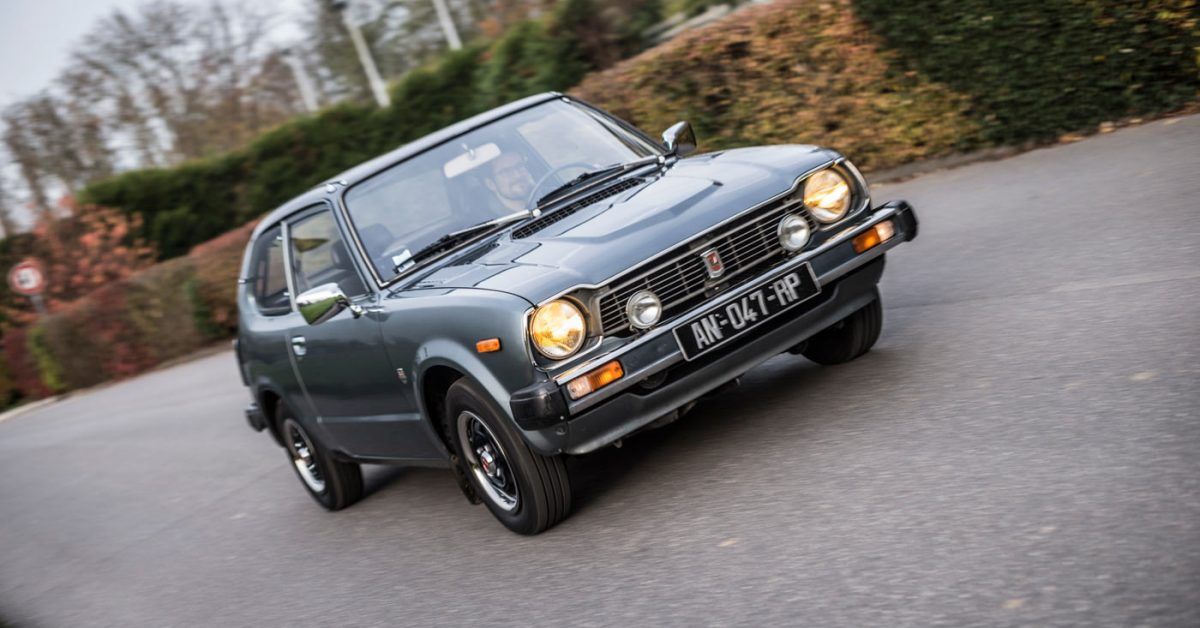The Honda Civic has become a household name. It earned a strong reputation for being a reliable, affordable, and efficient automobile. Even as more Americans buy trucks and SUVs, the Civic manages to hang onto its position as one of the best selling cars in the states. Today, Honda offers the Civic a in sedan, a coupe that produces 158 horsepower, or a hatchback offering an impressive performance package for less than $40K
Today, the Civic might look just another affordable sedan. However, when Honda first released it, not only was it revolutionary, it was also a smash hit.
So let's take a look at how the first generation Honda Civic became an instant success.
Impressive Stats
The Civic was Honda's first real car. Before then, anything they'd made was either a motorcycle or a motorcycle in car clothing. When the first Civic rolled off the line in 1973 and sported a sub $2000 price tag (which was very good in the 70s), Honda had solidified themselves as more than a motorcycle company.
The first-gen Civic certainly wasn't a powerhouse, but it wasn't meant to be either. Under the hood sat a 1.4l four-cylinder engine that pumped out 68 horsepower. That isn't a lot, but it was plenty for a car that weighed just 1,600 pounds. In fact, all that power was enough to outrun some of its more significant competition. Toyota had been selling the Corolla in the US for seven years, yet the Civic wasn't just faster, it was also cheaper, and a lot more fun to drive.
Paired with Honda's brand new 2-speed Hondamatic transmission, the Civic had a semi-automatic transmission that eliminated the need for a clutch. The driver still had to shift gears, but the car operated the clutch automatically. That way, the driver's left foot wouldn't hurt while operating in city traffic.
A Revolutionary Engine
The Civic introduced cleaner engine technology to the automotive world, but first some background is in order. As the hippie movement raged on in the 60s, environmental awareness increased on both a personal and political level. The government created the Clean Air Act in 1963 (particularly in California, a state that still struggles to manage their pollution levels today) to lay the groundwork for controlling and limiting the nation's pollution. But the standards they set then weren't enough, so in 1970, the government amended the act to give a newly formed Environmental Protection Agency (EPA) the legal authority to regulate the pollution of cars. Not only that, but it also began to phase out leaded gasoline.
The go-to solution for eliminating emissions was something called a catalytic converter, a large device mounted underneath a car. In essence, the catalytic converter acted like a filter. Pollutants and gases get pushed into it directly from the engine, and chemical reactions would take place to convert the dirty gases into something a little more breathable. The issue was these things were very big and very heavy. Installing one would also suck some horsepower straight from the engine.
Since that's what it took to meet emissions standards, automakers didn't have much of a choice. That was until the Civic introduced a brand new method for fuel management called Compound Vortex Controlled Combustion, or CVCC for short.
For a typical car engine, a mixture of fuel would drip into a combustion chamber, get ignited by a sparkplug, and pump a piston. But with the Civic's CVCC engine, there was a pre-chamber, as well as three different valves. One of the valves would send a rich mixture of fuel (more fuel than air) into the pre-chamber, while the other two valves sent a very lean fuel mixture (more air than fuel) to the combustion chamber. Once the spark plugs ignite the rich mixture, the expanded gasses ignite the lean mixture as well.
Here’s why it’s a big deal: the air-to-fuel ratio in the main combustion chamber is much leaner, thus the engine produces less hazardous pollutants and emissions. In fact, it reduced emissions enough to meet the high standards of the new Clean Air Act regulations with ease. The car could also run on any kind of fuel, without damaging the engine, which made the transition from harmful leaded fuels to a more eco-friendly unleaded solution easier on the consumer. But more importantly, this meant the Civic was the first car to pass regulations without the need for a catalytic converter. The new technology significantly saved space and reduced weight, allowing the Civic to be lighter and more efficient.
Overall Good Timing
Americans didn't know it in the early 70s, but gas-guzzling V8's weren't going to last forever. The Civic, which boasted excellent range and efficiency, was primed and ready for the impending oil crises that would make owning a thirsty muscle car near impossible. And as gas prices skyrocketed, so did the appeal in driving a small, environmentally friendly, super fuel-efficient eco-box.
Gas guzzlers were in deep trouble. Not only were they struggling to meet the harsh regulations of the Clean Air Act, but many motorists couldn't afford to fill them up. However, Honda's new CVCC technology wasn't just usable on the Civic, it was a technology that could be thrown into even the dirtiest of engines to help them pass emissions tests with flying colors. Using a 1973 Chevy Impala, Honda showed the world that the technology wasn't only good in its "little toy" cars. It proved that the technology could reduce emissions and increase efficiency. Soon after that demonstration, every automaker was signing contracts and started using similar technologies in their own cars.
It wouldn't take long for the CVCC system to be replaced by fuel injection systems, but for a while, the pre-chamber concept made sure all cars could pass the vigorous emissions laws. And it's all thanks to the groundbreaking technology introduced in the Honda Civic. Its launch paved the way for the many generations of Civics to come.

